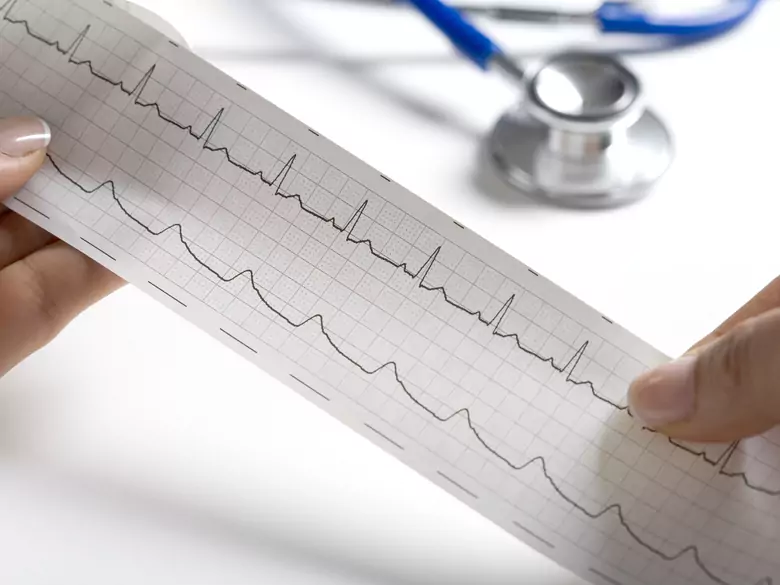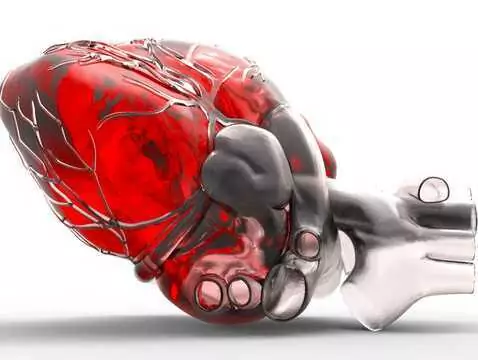Cardiomyopathies are a group of diseases that consequently lead to dysfunction of the heart muscle. They can be inherited or non-genetically determined, acquired.
Arrhythmogenic right ventricular cardiomyopathy is a rare disease involving remodelling of the heart muscle . The muscle fibres are replaced mainly by fatty and fibrous tissue which is particularly conducive to the occurrence of cardiac arrhythmias. The disease most often affects young men, including athletes, and manifests itself in the form of heart rhythm disturbances that lead to syncope and sudden death. Clinical symptoms most often appear around the age of 30. They mainly involve ventricular arrhythmias.
When it comes to the diagnosis of cardiomyopathy, echocardiography, electrocardiogram and, in case of doubt, endomyocardial biopsy can be used as the basis for diagnosis, in addition to physical examination and history data. Imaging studies, mainly magnetic resonance imaging and chest X-ray, are also used (enlargement or reduction of the heart silhouette depending on the cause). If a hereditary background is suspected, a genetic test may be performed.
Treatment of cardiomyopathy
If the cause of the cardiomyopathy is known, it consists of removing the causative agent (e.g. with cardiomyopathy caused by toxic agents, antiviral treatment is used if a viral infection is found). In other cases, treatment is symptomatic, i.e. the alleviation of heart failure symptoms (including, in addition to pharmacological treatment, primarily a life-saving lifestyle). In some cases, anticoagulants are necessary, especially in patients with low ejection fraction of the heart, to prevent life-threatening complications.
In patients with threatening ventricular arrhythmias, implantation of a cardioverter/defibrillator may be necessary. In cases of hypertrophic cardiomyopathy, surgery to excise part of the interventricular septum may be performed. In the case of extreme heart failure , which is not amenable to treatment, a heart transplantation remains.
Prognosis
The more advanced the heart failure and the lower the ejection fraction, the less favourable the prognosis. On average, 10-20 % of patients survive 10 years.









